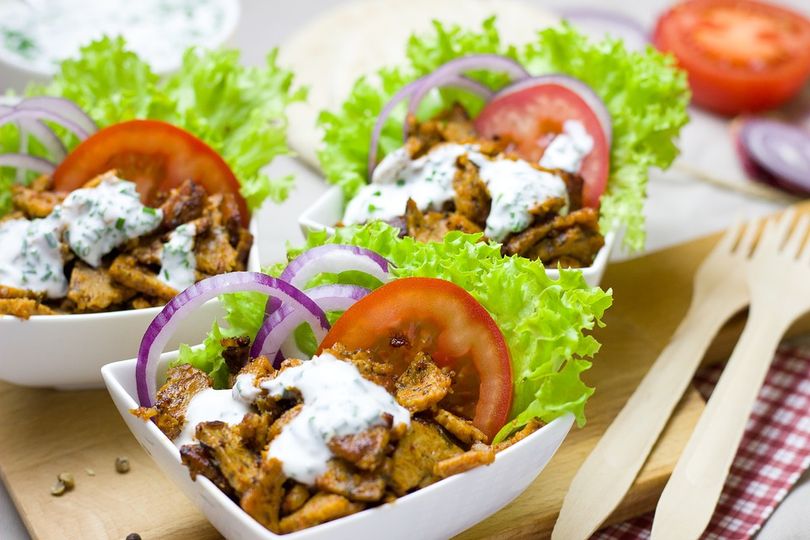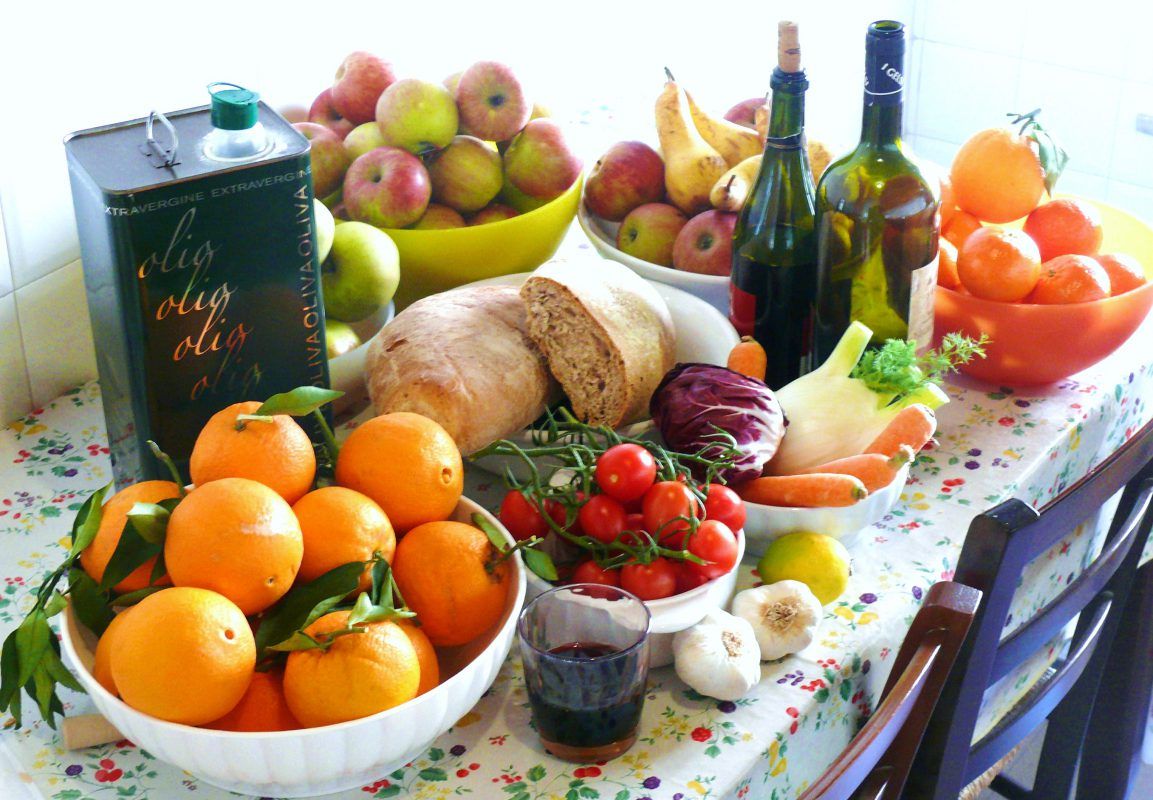The Flexitarian Diet: What you need to know
By Cassidy Brown, April 29 2021

Our diets are constantly changing and adapting to the world around us. This is especially true within the last five years or so. With an influx of vegetarian and vegan products hitting our shelves, gracing our menus, and hitting the headlines more and more of us are looking to meat-free diets as a viable and healthy alternative. Let’s be honest, most of us will know at least one person who is vegetarian or vegan, or maybe you are yourself.
However, there are some of us who are not keen to go the “whole hog’ but are following a slightly less meat-filled diet. We are here to introduce the flexitarian diet. Designed to wean you into vegetarianism it does not cut out all meat products right away, rather it continues to add veggies to our meals slowly replacing meat.

So tell me more about flexitarianism
The diet suggests to start off as a beginner with just two days of the week meat-free. Then you can go to four days being meat-free and so on until you are only eating meat once a week or less. The meals themselves can be any mix of fruits, veggies, and plant-based protein, but the main thing to remember here is that it’s flexible. You get to decide what your body is craving and what it needs.
So why has it become so popular? It’s namesake flexibility. You can still eat veggies and be healthy, but also indulge in your craving for meat whenever you have one. The health benefits and environmental benefits are always a plus as well. You can see parallels of this diet in the ultra-healthy Mediterranean diet, which has the same type of structure.
Focus on health
In similarity to vegetarianism, some of the health benefits claimed to be associated with flexitarianism listed are lower blood pressure or less of a risk for a stroke or heart attack. If everyone were to move to a flexitarian diet, 5.1 million deaths would be prevented by the year 2050 just due to the fact that by eating fewer portions of red meat, the less likely you are to become overweight or obese. The less red meat you eat the better for your scale and your cholesterol. Think about all the benefits of being vegetarian and you can apply them here as well. By still keeping some meat in your diet, you can still get the protein and nutrients from animal products that you need, but on a much smaller scale.

Going green
In addition, this diet has the bonus of leaving less of a carbon footprint. By eating less red meat, farmers don’t have to produce as much, which in turn produces fewer greenhouse gases. In fact, up to 80% of greenhouse gases are associated with livestock production. It can also save money, food, and water for the farmers who no longer have to produce as much livestock to be able to sustain the demand of meat.
How do I get started?
Do your research
Before embarking on this journey, do your research. Make sure the diet is sustainable for you and you are not at any health risk. Consider what you want from this change in lifestyle, as there’s nothing worse than making a change and not knowing what to expect from it or what results you should be looking for.

One meat-free meal a week
Start with just one meal a week that is meat free. Then you can slowly integrate more and more plant-based proteins from there. This allows you to start off slowly with baby steps and helps you to build your options for meat-free meals rather than shocking your body.
Get a flexi-partner
Find someone who will make this transition with you. It’s always easier to do things when you aren’t completely alone. So if you can convince someone else of the benefits this diet will provide, have them join you in your journey.
Start a Blog
Blog about your journey from carnivorism to flexitarianism. This way you can go back and look at your progress and see if it really did benefit you in the long run. It will also help others who are considering joining this trend to take the leap, or not.
Eat Vegetarian at Restaurants
Try to eat vegetarian when you eat out. Almost every restaurant caters to vegetarians and vegans, with some being totally plant based. It’s here that you can gain inspiration for your own recipes at home or even find a new fine-dining favorite. Be sure to visit a variety of different restaurants to find a full range of recipes to spice up your vegetarian repertoire.
For more on recent trends, follow our blog at LeSalon to keep in the loop.
And, hey, fancy a manicure? Book one with LeSalon today!





